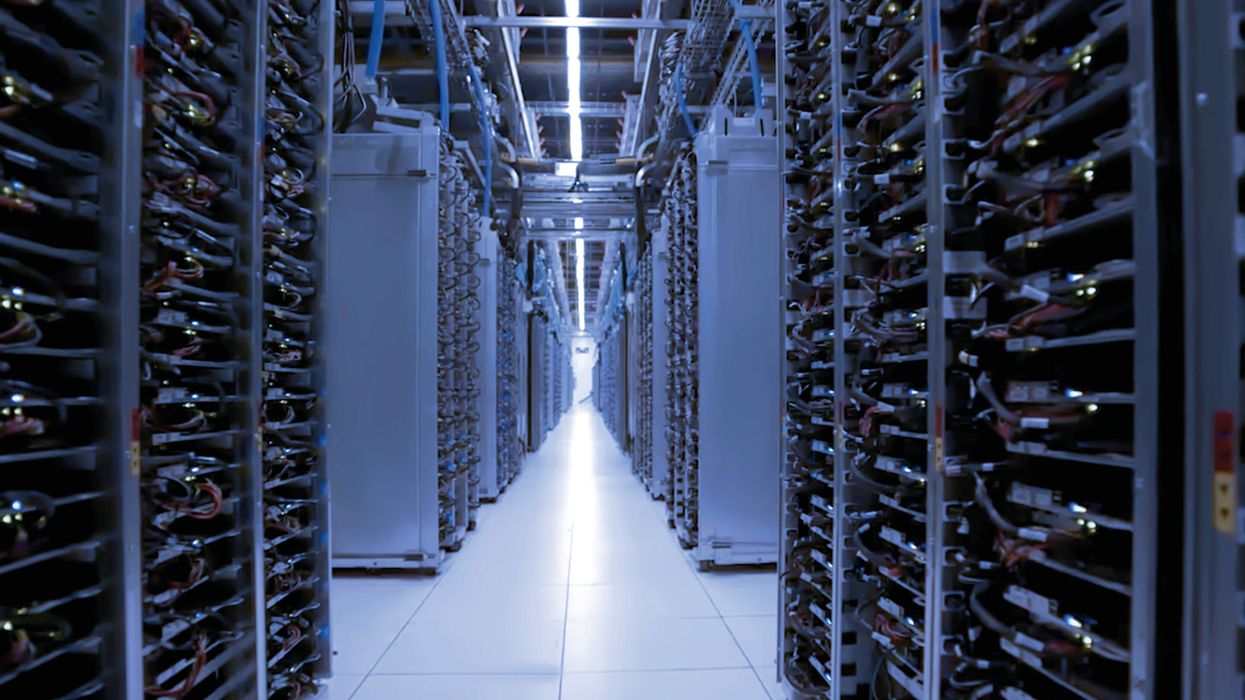The workplace violence signs we wish we would have paid attention to
Employers are required to protect workers from harm, including workplace violence. To do so, they must pay close attention to signs that lead to violent incidents. Are you paying attention? What can you do to prevent workplace violence?
Like so many similar incidents, the Walmart store shooting on November 22, 2022, in Chesapeake, Virginia, serves as a great reminder that most violent attacks are preceded by warning signs such as threats or grievances. The Bureau of Labor Statistics (BLS) reports there were 392 workplace homicides in 2020 with another 37,060 non-fatal injuries at work from intentional harm by another person. Let’s take a look at some of the factors and indicators often involved with violent incidents.
Popular industries for workplace violence
To prevent workplace violence, employers must first evaluate if their industry or occupation is one that is more susceptible to violent incidents. The most common industries for workplace violence include:
- Retail and sales
- Transportation and material moving
- Management and human resources
- Construction
- Manufacturing and production
- Education
Some factors at play in this susceptibility include lone or few workers, location, and stress of the job. Regardless of the industry, employers also must understand, and remain alert to, indicators or risk factors that could lead to workplace violence.
Indicators of workplace violence
Although not every risk factor or indicator can be foreseen, many continue to resurface with each workplace attack. These include:
- Unresolved grievances that simmer over time;
- Recent discipline or firing;
- Threats, harassment, or intimidation;
- Angry, belligerent, or insubordinate behaviors;
- Known alcohol or drug use;
- Idolization or fixation on violent incidents or attacks;
- Overreaction to negative feedback or blowing comments out of proportion;
- Depression, mental illness, or relational stressors (divorce, financial, health, etc.);
- Abnormal or paranoid behavior;
- Differing political, religious, or social status perceptions or beliefs; or
- Written, verbal, or social media statements indicating any of the above.
What can employers do?
Preventing workplace violence requires employers to educate, investigate, and remediate. Employers need to educate themselves and their employees about varying personalities, backgrounds, and belief systems among workers. Employers also must teach employees methods to collaboratively handle conflict and stress, so anger and tensions don’t escalate. Encouraging diverse understanding, teamwork, and cooperation can also diffuse mounting tensions.
Employers must emphasize the need for immediate reporting of harassment, bullying, threats, and simmering grievances so action can be taken to circumvent violence. Fully investigating all reports, even seemingly “insignificant” incidents, is essential for determining the best methods of resolving workplace conflict. Employers should also be aware of their own responses to workplace differences and ensure they are demonstrating the behavior they expect from workers.
Resolving conflict and stress is likely to be an ongoing process. Workplace disagreements are unavoidable when imperfect humans with varying life experiences and opinions are intertwined. But that doesn’t mean conflict can’t be controlled.
- Communication. Because many conflicts result from misunderstandings, poor information, or no information at all, communication is key. Listening without distraction, and repeating information to ensure clear and accurate information will help prevent conflict.
- Training and counseling. Not every employee has had the luxury of attending a Dale Carnegie course on winning friends and influencing people. So, take time to train employees to identify and understand others’ differences, natural tensions, and how to handle conflict in a productive manner. Counsel workers on when to pick their battles or how to use conflict as a team-building or professional growth opportunity.
- Developing workplace policies and security procedures. Defining and documenting expected behavior will also help de-escalate conflicts. Employees who understand what is expected of them and know the consequences of their actions will be more apt to work through their differences than to lash out.
Keys to remember
Most violent workplace incidents are preceded by warning signs. Employers and employees must be focused on the warning signs so situations can be handled proactively and respectfully. Education regarding workplace violence and conflict management, as well as early reporting and investigation of tensions can help diffuse conflict and avoid violence.



















































